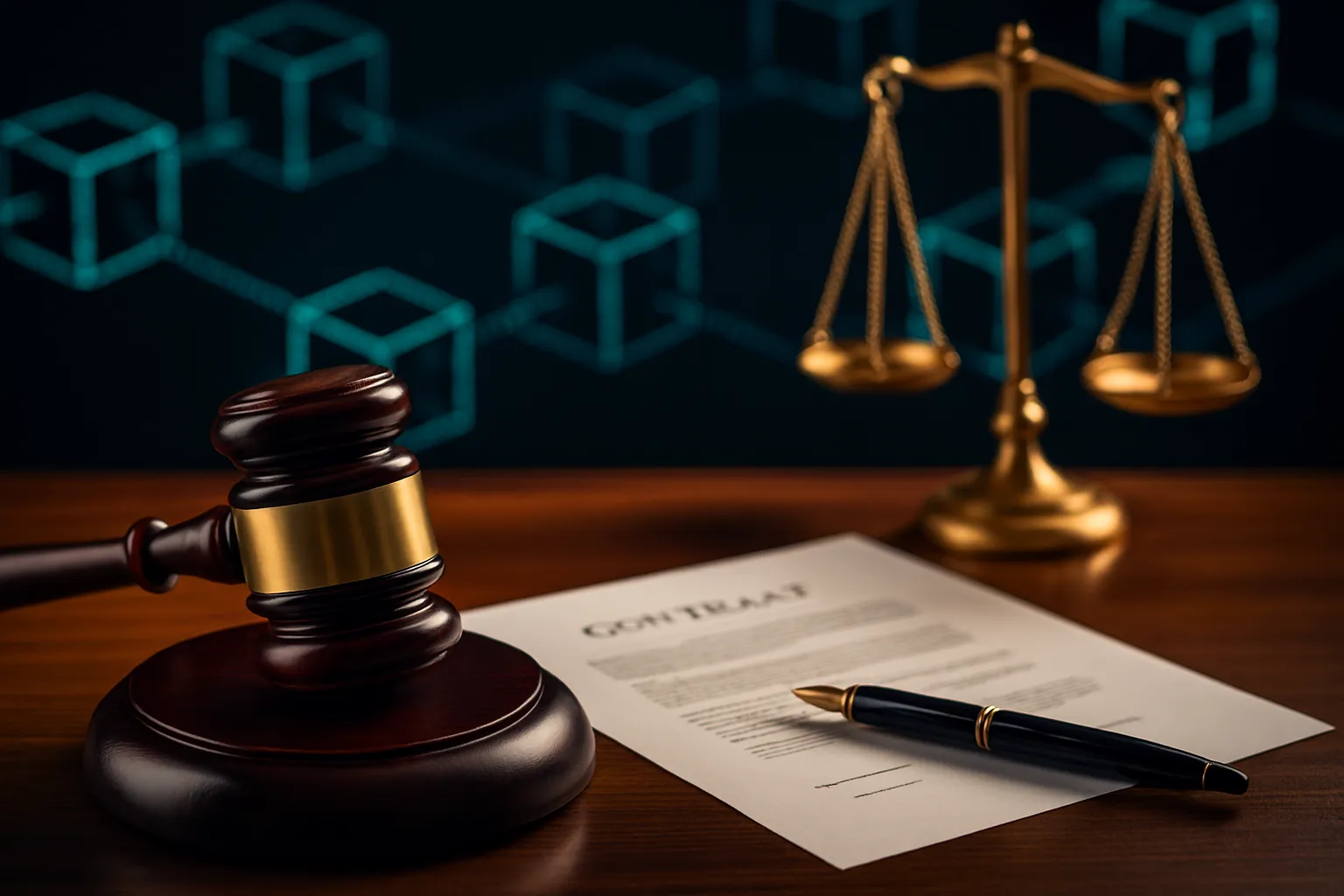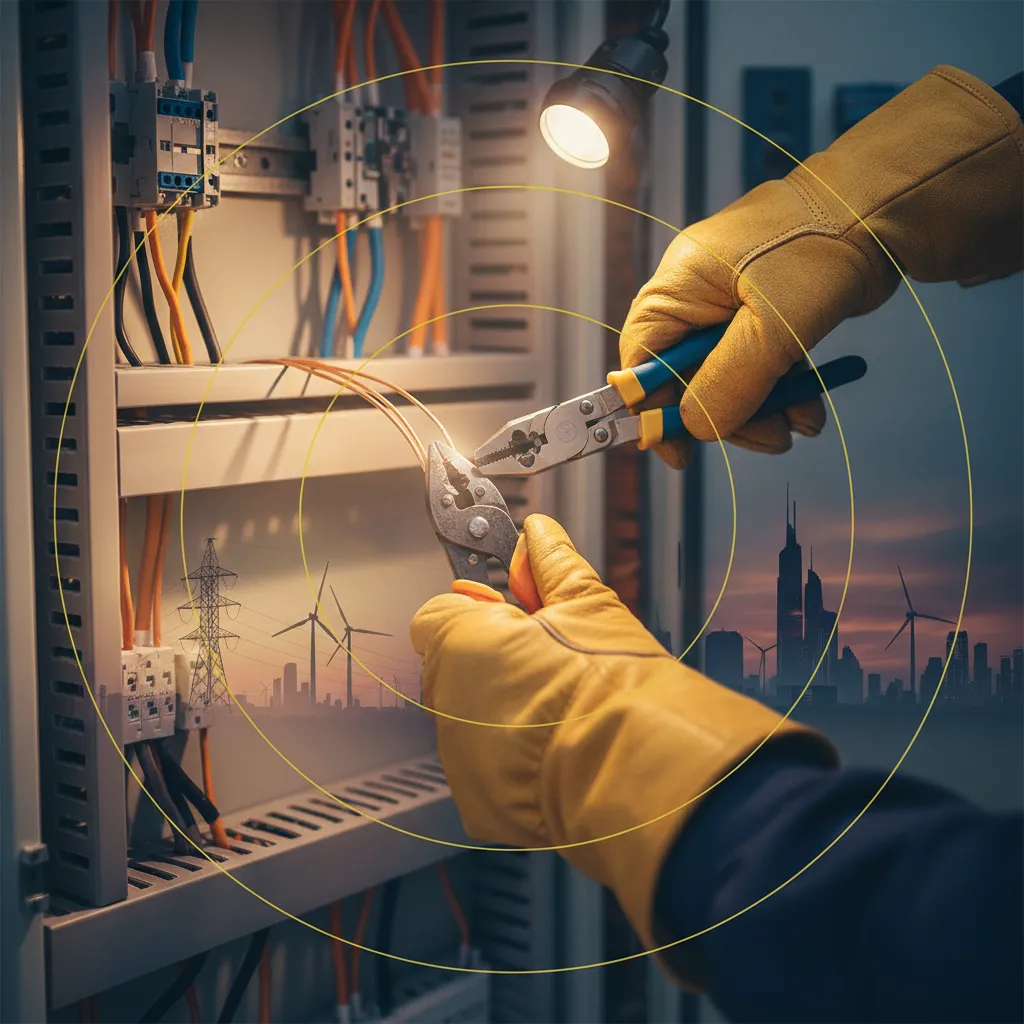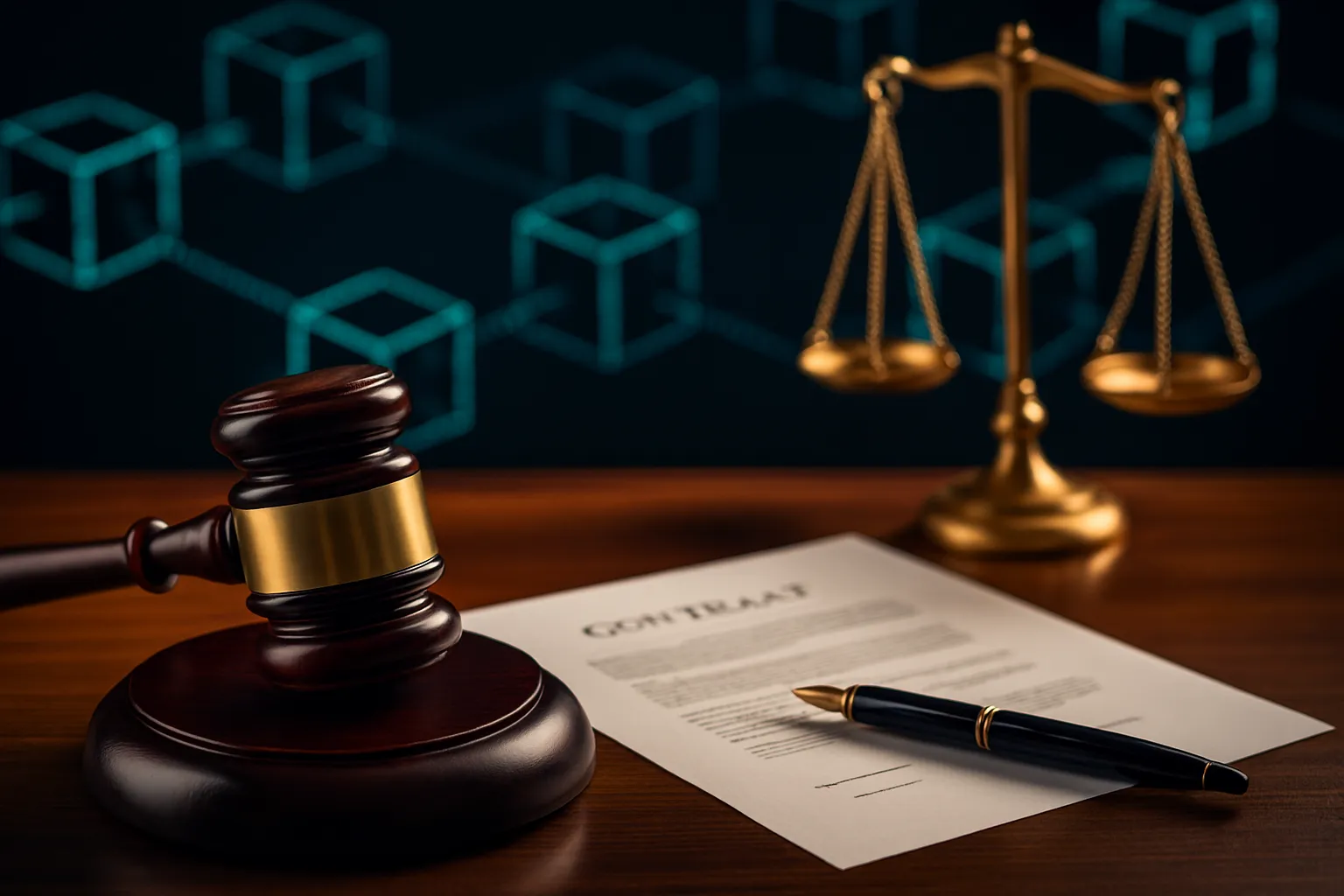The Future of Digital Contracts and Blockchain in Legal Systems
The rise of digital contracts and blockchain technology is reshaping the way legal systems operate worldwide. From the early days of paper-based agreements to the modern era of smart contracts, the legal industry is undergoing a profound transformation. This article explores the evolution, current applications, challenges, and future potential of blockchain in legal systems, offering a comprehensive view of how technology is redefining trust, transparency, and enforcement in law. With over 2000 words, 10 structured sections, and detailed insights, this piece aims to provide a roadmap for understanding the future of digital contracts in the legal domain.

The Historical Evolution of Contracts
Contracts have always been the backbone of commerce and governance. From ancient clay tablets in Mesopotamia to handwritten agreements in medieval Europe, the concept of a binding promise has shaped human interaction. The traditional contract relied heavily on physical documentation and manual verification, which often led to inefficiencies and disputes.
With the advent of the digital age, contracts began to shift from paper to electronic formats. The introduction of electronic signatures in the late 20th century marked a turning point, allowing agreements to be validated without physical presence. This laid the groundwork for the emergence of digital contracts that could be executed and enforced online.
Key Milestones
- Ancient clay contracts in Mesopotamia (2000 BCE)
- Roman law codification of agreements
- 19th-century industrial contracts
- 20th-century electronic signatures
The Emergence of Blockchain Technology
Blockchain emerged in 2008 with the creation of Bitcoin, introducing a decentralized ledger system that could record transactions securely and transparently. Unlike traditional databases, blockchain is immutable, meaning once data is recorded, it cannot be altered without consensus.
This innovation quickly caught the attention of industries beyond finance. Legal systems recognized its potential to create tamper-proof records, automate enforcement, and reduce reliance on intermediaries. The concept of smart contracts, self-executing agreements coded on blockchain, became a revolutionary idea.
Core Features of Blockchain
- Decentralization
- Immutability
- Transparency
- Security through cryptography
The Birth of Smart Contracts
Smart contracts, first conceptualized by Nick Szabo in the 1990s, became a reality with blockchain platforms like Ethereum. These contracts are coded agreements that automatically execute when predefined conditions are met. For example, a smart contract could release payment once goods are delivered and verified.
The automation of obligations reduces disputes, eliminates intermediaries, and enhances efficiency. However, the legal enforceability of smart contracts remains a subject of debate, as traditional courts must adapt to this new paradigm.
Examples of Smart Contract Applications
- Insurance claim automation
- Real estate transactions
- Supply chain management
- Intellectual property licensing
Integration of Digital Contracts into Legal Systems
Legal systems worldwide are beginning to recognize the validity of digital contracts. Countries like the United States, Singapore, and the European Union have enacted laws supporting electronic signatures and blockchain-based agreements. Courts are increasingly open to admitting blockchain records as evidence.
However, integration is uneven. Some jurisdictions remain cautious, citing concerns about fraud, jurisdictional conflicts, and technological literacy. The challenge lies in harmonizing traditional legal frameworks with emerging technologies.
Legal Recognition Trends
- U.S. E-SIGN Act (2000)
- EU eIDAS Regulation (2016)
- Singapore’s Electronic Transactions Act
Benefits of Blockchain in Legal Systems
The adoption of blockchain in legal systems offers numerous advantages. First, it enhances transparency by providing an immutable record of transactions. Second, it reduces costs by eliminating intermediaries such as notaries and escrow services. Third, it improves efficiency by automating processes through smart contracts.
Additionally, blockchain strengthens security by using cryptographic methods to prevent tampering. This makes it particularly valuable in areas like property registration, intellectual property rights, and cross-border trade agreements.
Key Benefits
- Cost reduction
- Faster dispute resolution
- Enhanced trust and transparency
- Global accessibility
Challenges and Limitations
Despite its promise, blockchain faces significant hurdles in legal adoption. One major issue is the lack of standardized regulations across jurisdictions. What is legally binding in one country may not be recognized in another. This creates uncertainty for international contracts.
Another challenge is the technical complexity of smart contracts. Errors in coding can lead to unintended consequences, and once deployed, these contracts are difficult to amend. Furthermore, questions remain about liability, enforcement, and dispute resolution when smart contracts fail.
Challenges at a Glance
- Regulatory fragmentation
- Technical vulnerabilities
- Scalability issues
- Judicial adaptation
Case Studies of Blockchain in Legal Practice
Several real-world examples highlight the growing role of blockchain in legal systems. Estonia, for instance, has integrated blockchain into its e-governance system, allowing citizens to access secure digital services. In the U.S., Delaware has pioneered blockchain-based corporate record-keeping.
Private law firms are also experimenting with blockchain for contract management and intellectual property protection. These case studies demonstrate both the potential and the practical challenges of implementation.
Notable Examples
- Estonia’s e-Residency program
- Delaware Blockchain Initiative
- Law firms using blockchain for IP rights
The Role of Artificial Intelligence in Digital Contracts
Artificial Intelligence (AI) is increasingly being combined with blockchain to enhance digital contracts. AI can analyze large volumes of legal data, predict outcomes, and even draft contract clauses. When integrated with blockchain, AI can monitor contract performance and trigger smart contract execution.
This synergy creates a powerful tool for automating complex legal processes. For example, AI could detect non-compliance in a supply chain and automatically enforce penalties through a smart contract.
AI-Blockchain Synergy
- Automated contract drafting
- Predictive legal analytics
- Real-time compliance monitoring
Future Trends and Predictions
The future of digital contracts and blockchain in legal systems is promising. Experts predict that within the next decade, blockchain will become a standard tool for contract management, property registration, and dispute resolution. Governments may adopt blockchain-based registries for land, corporate records, and intellectual property.
We may also see the rise of decentralized autonomous organizations (DAOs) that operate entirely through smart contracts, challenging traditional corporate structures. As legal frameworks evolve, blockchain could become the backbone of global commerce and governance.
Predicted Developments
- Global blockchain-based registries
- Widespread adoption of DAOs
- Integration with digital identity systems
Preparing Legal Professionals for the Blockchain Era
For legal professionals, adapting to blockchain is no longer optional. Lawyers, judges, and policymakers must develop technological literacy to understand and regulate digital contracts. Law schools are beginning to introduce courses on blockchain and smart contracts to prepare the next generation of legal experts.
Collaboration between technologists and legal professionals will be crucial. By working together, they can design systems that are both technologically sound and legally enforceable, ensuring that blockchain fulfills its potential in the legal domain.
Steps for Legal Professionals
- Continuous education in blockchain and AI
- Collaboration with technologists
- Participation in regulatory development
Conclusion
The future of digital contracts and blockchain in legal systems is one of transformation and opportunity. While challenges remain, the benefits of transparency, efficiency, and security are too significant to ignore. As legal frameworks evolve and technology matures, blockchain will likely become a cornerstone of global legal infrastructure. The legal profession must embrace this change, ensuring that innovation aligns with justice, fairness, and accessibility for all.











